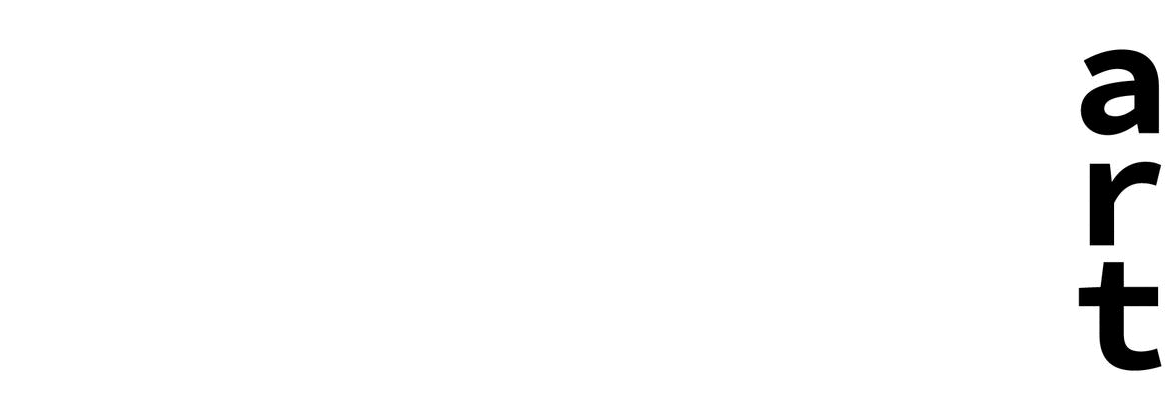Description —
This class investigates techniques for documenting and analyzing existing architectural or urban conditions. Various modes of representation (drawing, model, video, and photography) are used to interpret the complex experience of physical form.
The city consists of many related and interconnected networks from the global to the quotidian. While these are frequently studied at a distance, this course advocates for the importance of getting close to urban spaces to understand how a city is made and re-made. Using the selected city (from design studio) as a case study this course uses mapping as an operational instrument within the design process to further our understanding of the urban realm to uncover narratives about the everyday life of the city.
Different tactics are employed in this course to tease out previously unseen urban relationships. Drift highlights patterns of movement, limits, extents, and psychogeographical readings of a place. It uncovers the everyday lived experiences (Debord; McDonough 1994; Sadler 1998). Layering is the most familiar of the methods. It juxtaposes different discovered patterns of the place, often incorporating traces of history, and serves as a predictive tool for the future city. Specific programs within a community are revealed through layering along with adjacencies and neighbourhood features (Corner 1999). Game-board highlights symbiotic relationships that exist within communities. It reveals networks and possibilities (Bunschoten and Chora 2001). These associations exist between both human and non-human actors and again reveal the lived experience. Rhizome uncovers how seemingly unrelated influences are important within a place and has a tremendous power to reveal unseen potentialities (Deleuze and Guattari 2004). The course uses these different mapping methods to tease out a deeper understanding of a place and use the studies as design tools.
Student Work: Adryn Galambos (2019), Isaac Fresia (2017), Stavros Kondeas + Natalie Copping (2019), Anita Pop (2018), Christopher Sahagun (2018), Jeff Walker (2017).
